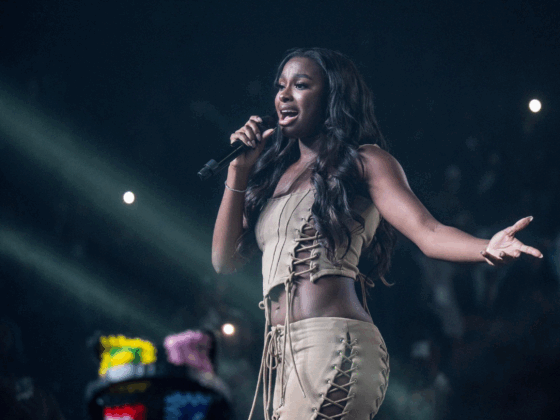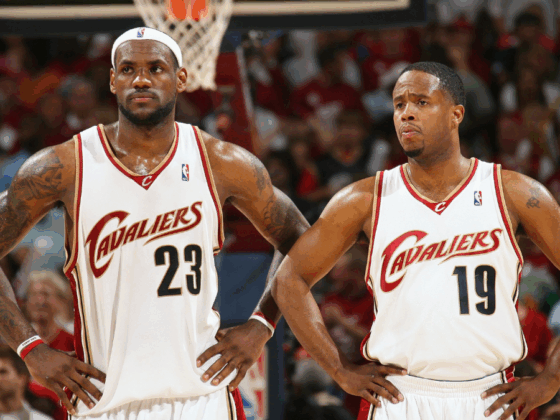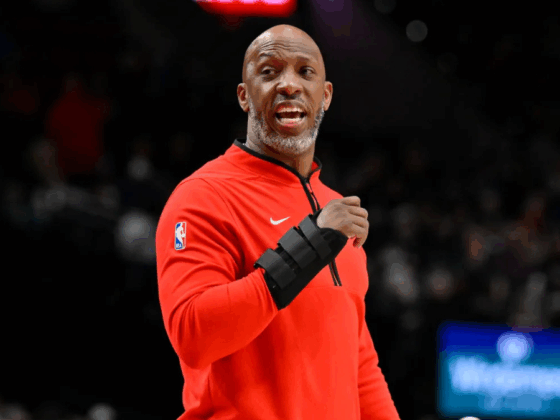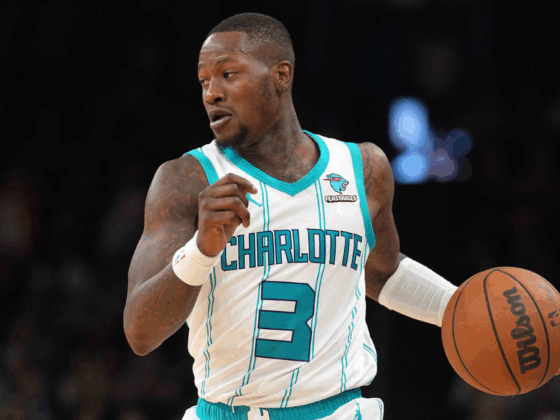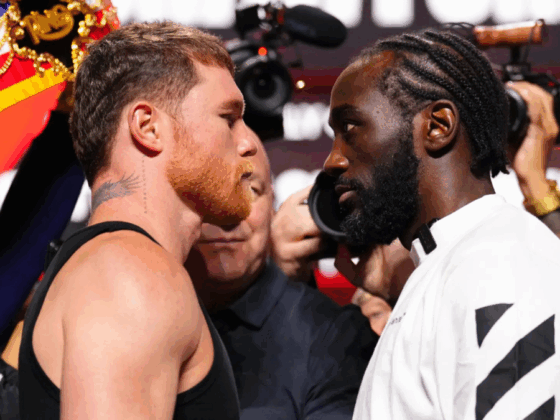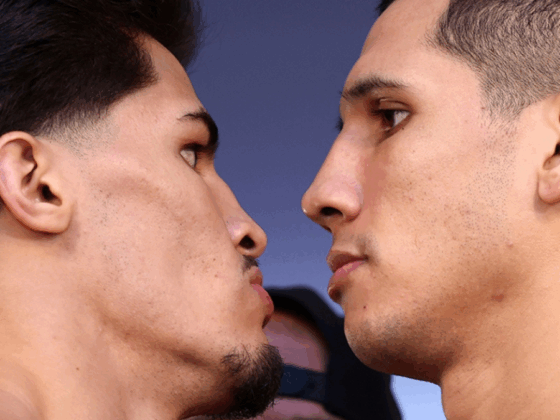
A year ago, the Minnesota Timberwolves were at the center of the NBA’s attention. The Jimmy Butler trade demand saga – the NBA’s version of TMZ – captured the curiosity of those both inside and outside of the sport. Butler’s now-infamous tirade at the Wolves’ practice, just days following a formal trade request, was a sharp twist to the franchise’s projected story arc – the Timberwolves qualified for their first postseason in fourteen years the previous spring. By the start of 2019, Butler was in Philadelphia and Minnesota was back at the bottom of the Western Conference standings.
Shortly after losing Butler, the Wolves ousted Tom Thibodeau from his duel coaching-management role and hired Ryan Saunders to be the interim coach. In return for Butler, Minnesota received two talented role players in Robert Covington and Dario Saric from the 76ers (Saric has since accepted a more lucrative position with the Phoenix Suns). But by March, the Timberwolves were among the league’s most disheveled teams, with a defensive efficiency of 112. Saunders, whose late father was Minnesota Timberwolves great Flip Saunders, made it through the season but was given no guarantee of future employment. The Timberwolves needed a new general manager after relieving Thibodeau of his duties, and there was no indication Saunders would be the appointee’s favorite to start the 2019-20 season.
Enter Gersson Rosas, a member of Daryl Morey’s infamous front office with the Houston Rockets, and a long-time assistant general manager who has been patiently awaiting such a promotion. When Rosas interviewed for the president of basketball operations role with owner Glen Taylor he remarkably impressed the long-standing head of the Timberwolves franchise, and the two agreed upon the vision Rosas presented in that interview. His vision, not surprising if you know Rosas’ values, included a focus on fostering a family-like atmosphere within the franchise. In July, Gersson Rosas became the first Latino to head an NBA front office, and his first move was to officialize Saunders as the youngest head coach in the NBA.
Last season, Saunders’ success transcended the record Minnesota compiled during the second half of the season (though, 17-25 isn’t necessarily underperforming given the lack of roster depth). Rosas admitted in an interview with NBA.com that “[Saunders] has an incredible ability to connect with players, not only on the court but on personal levels”. Ultimately, this impressionable quality landed Saunders the job.
The Timberwolves are only returning eight of the fifteen players who were on the roster to start the 2018-19 season. Karl-Anthony Towns is unquestionably the face of the franchise now that Butler has departed. Andrew Wiggins, the top selection in the 2014 NBA Draft, comes into a season where expectations for a return on investment are higher than they’ve ever been. Josh Okogie, the Timberwolves’ 2018 first-round selection, showed flashes of defensive brilliance during his rookie season coming off the bench. Minnesota will need him to increase his offensive contribution to survive a beating from the rest of the West.

Frontcourt depth will be an issue for the Timberwolves. The Wolves have few capable options that can provide efficient minutes aside from Towns and Covington. Minnesota was infamously 12-10 with Covington healthy last season, compared to 19-26 after he was sidelined with a bone bruise in his knee. In those 22 games, Covington ranked in the 96th and 97th percentile for players at his position in block percentage and steal percentage, respectively, per Cleaning the Glass.
Covington elevated the Timberwolves’ greatest weakness – team defense – dramatically upon arrival by simply stretching his 7-2 wingspan to smother opponents:
The Minnesota Timberwolves, including Towns, desperately need additional assurance on the defensive end. When Covington sat, the Timberwolves defense gave up 8.9 points more per possession than when he was on the floor, per Cleaning the Glass. Though it is small sample size theater, a nine-point swing is roughly equivalent to the difference between the defensive efficiency of last season’s best team (Milwaukee, with a 105 defensive rating) and the twenty-ninth team (Phoenix, with a 114 rating). This season, the Timberwolves need tangible improvement from Okogie and Wiggins to become an above-average defensive team.
The other unknown for this Minnesota Timberwolves team is who will step in to help shoulder some of the offensive burden from Towns. The obvious answer is Andrew Wiggins, whose contract balloons this season to $27.5 million. While Wiggins’ production hasn’t matched his compensation, his career numbers epitomize those of a “break-out” candidate – a player capable of making a considerable jump with moderate alterations to his game.
Per Cleaning the Glass, Wiggins’ effective field goal percentage was only in the 16th percentile for players at his position, to compliment an assisted rate – the percentage of made shots that came as a result of an assist – in the 82nd percentile at his position. At a macro level, Wiggins wasn’t effective at creating his own shot last season, and even when the offense was created for him, he wasn’t able to score efficiently.

Wiggins’ shot profile is idiosyncratic, to put a positive spin on it. No other player in the league creates offense in the same fashion. Uncharacteristically for a player coming of age in the “modern” basketball age of data decision-making, he takes 34%, 40%, and 26% of his shots from the rim, mid-range, and 3-point range, respectively. Contrary to modern NBA dogma, long mid-range jump shots are not poor offense if you can score them efficiently.
Remarkably, even with his sub-par overall offensive efficiency, Wiggins posted a stark improvement in his 3-point shooting. During the 2018-19 season, he shot 48% on corner 3-point attempts, which ranked in the 86th percentile for players at his position, per Cleaning the Glass. Complimenting this improvement is Wiggins’ greatest skill: his ability to draw contact. Last season, he ranked in the 76th percentile for players at his position, per Cleaning the Glass. But ironically, he also shot a meager 70% from the line.
This data conveys two insights on Wiggins, one that is well-known and another that is often misunderstood. What is already known and discussed rather openly in the NBA community is that undoubtedly Wiggins hasn’t lived up to his lucrative extension just one year into the obligation. His production, namely his efficiency, underwhelms on paper and through the “eye test”. But, his lower production is misunderstood for one reason: if Wiggins can make slight alterations to his game this season there is a chance for drastic results that could tilt the Timberwolves’ prospects.
A marginally better percentage from the free-throw line, greater defensive intensity during the slog portion of the season, and more opportunities slotted as a corner shooter could change the national perspective on Wiggins.

But even an ample increase in production from Towns and Wiggins, and the return of Covington won’t be sufficient for the Timberwolves to contend with the Western Conference’s best. The Northwest division alone features three teams with realistic expectations to vie for one of the conference’s eight playoff births. Even the throttled Oklahoma City Thunder roster, objectively, has more talent on paper than the Timberwolves do.
The Minnesota Timberwolves are also noticeably short on point guard talent, after losing Derrick Rose and Tyus Jones in free agency. Missing on D’Angelo Russell also hurts. With Jeff Teague sidelined for forty games last season due to injury, Shabazz Napier may be called upon to serve in the starting role for large stretches of the season. It will be tough to compete in a conference with a surfeit of top-level point guard talent.
The Timberwolves aren’t driving ratings or going to be a League Pass darling – their style and system aren’t solidified. They’re worth following to see the foundation of a culture being set, akin to the Brooklyn Nets rebuild earlier this decade. The Timberwolves franchise hasn’t known stability since the early 2000s during the franchise’s “golden years”.
Since then, the Minnesota Timberwolves have seen eight different coaches come and go. Rosas and the rest of the Minnesota faithful are hoping Saunders sticks. Saunders, on the other hand, is going to continue to do what he’s known his whole life: pour his heart and soul into Minnesota basketball.
